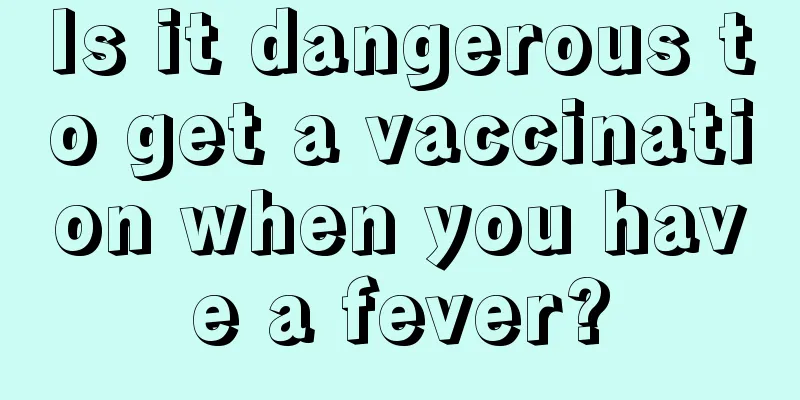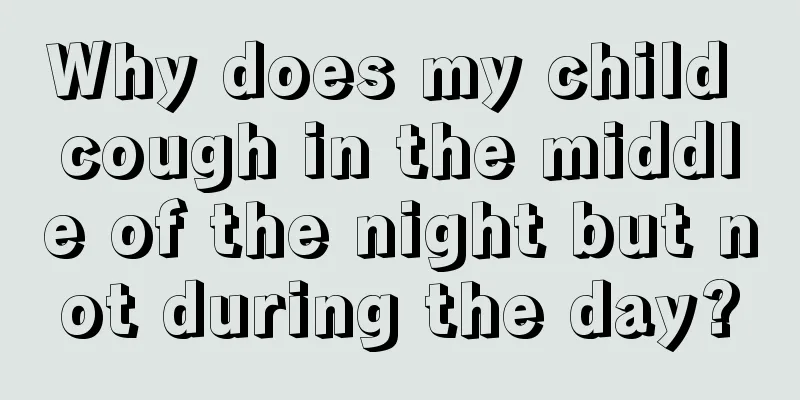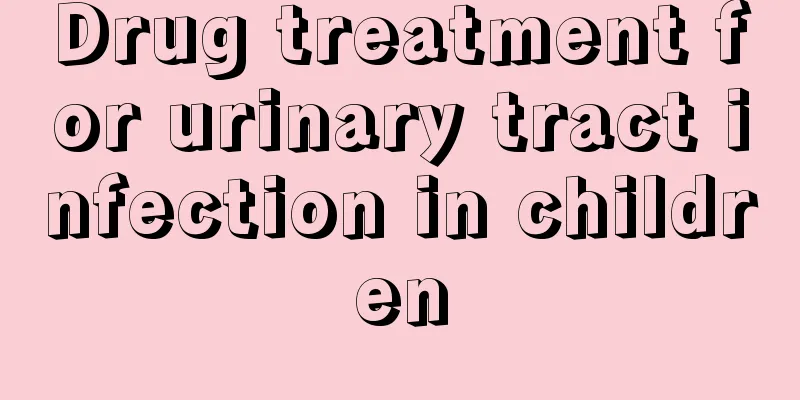How to diagnose tics in children? Four methods to tell you

|
Childhood tics are common in boys aged five to ten. They are a sudden, short-term, repetitive, stereotyped twitching of one or two groups of muscles; at another time, another group of muscles twitches, that is, the symptoms are variable. In order to prevent the disease from worsening and make a timely diagnosis, what should we know? 1. Acute simple (or transient) tics in children. The initial symptoms of tics are mostly simple, involuntary motor tics, and very few are simple vocal tics. Common eye and facial tics include blinking, squinting, rolling eyes, biting lips, opening mouth, nodding, shaking head, stretching neck, shrugging shoulders, etc. A few simple vocal tics present as repeated coughing, throat clearing, and humming. Symptoms may fluctuate and move from one site to another over weeks or months. The disease usually occurs before the age of 12, and the most common symptom is blinking. Symptoms last for 2 weeks to 1 year and then disappear naturally. Physical examination, including neurologic examination, is usually unremarkable. 2. Chronic simple childhood tics mostly occur before the age of 15 and are rare in adults. It manifests as one or two groups of muscle twitches without much variation. It lasts a long time and can exist for life. 3. Subacute or persistent simple or multiple tics can be seen in childhood and adolescence. In simple cases, one or two groups of muscle twitches last for more than one year and disappear naturally during puberty. For those with multiple tics and vocalizations, it is not certain whether the symptoms will disappear by puberty. This needs to be distinguished from Tourette syndrome. 4. Tourette syndrome The above classification is not complete, especially there is some confusion between type 3 and type 4. Therefore, "Tourette syndrome" will still be discussed separately here. |
<<: What should I do if my child has a high fever?
>>: What should I do if my child has periodontitis? Four steps to tell you
Recommend
Can babies take medicine and milk powder together?
Many people have questions in their minds: Can me...
What should I do if my baby has a stuffy nose and runny nose?
The birth of a child is often accompanied by the ...
What should I do if my child has a fever at night?
Because children have relatively poor physical re...
Scrotal eczema in children
Many diseases do not only occur in adults, so par...
What are some weight loss exercises suitable for children?
Due to uncontrolled diet and lack of exercise, ma...
How does hernia form in children?
Many people will encounter children with pediatri...
What is the appropriate water temperature for children's bath?
It is said that children are the apple of their p...
What to do if a child has constipation and anal fissure
Don’t underestimate the problem of constipation. ...
Introduction to Pediatric Hernia Surgery
Expectant mothers are all looking forward to the ...
Why does my baby keep squinting his eyes recently?
Because babies are very curious, they will develo...
Why is my two-month-old baby breathing heavily?
Two-month-old babies have heavy breathing. In fac...
Neonatal hypothermia therapy
Hypothermia therapy is a method that mainly contr...
What to do if your child has convulsions during a fever
When a child has a fever, if the body temperature...
The pros and cons of roller skating for children
Every time I pass by the square at night, I see m...
How to quickly digest food for children with indigestion
The most common disease in pediatrics is indigest...









